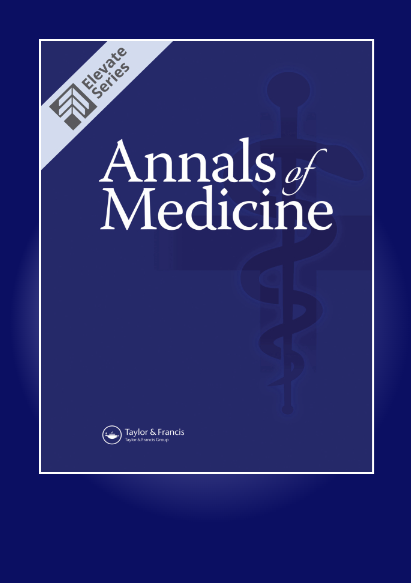Artificial intelligence-assisted quantitative CT parameters in predicting the degree of risk of solitary pulmonary nodules.
IF 4.3
2区 医学
Q1 MEDICINE, GENERAL & INTERNAL
引用次数: 0
Abstract
INTRODUCTION Artificial intelligence (AI) shows promise for evaluating solitary pulmonary nodules (SPNs) on computed tomography (CT). Accurately determining cancer invasiveness can guide treatment. We aimed to investigate quantitative CT parameters for invasiveness prediction. METHODS Patients with stage 0-IB NSCLC after surgical resection were retrospectively analysed. Preoperative CTs were evaluated with specialized software for nodule segmentation and CT quantification. Pathology was the reference for invasiveness. Univariate and multivariate logistic regression assessed predictors of high-risk SPN. RESULTS Three hundred and fifty-five SPN were included. On multivariate analysis, CT value mean and nodule type (ground glass opacity vs. solid) were independent predictors of high-risk SPN. The area under the curve (AUC) was 0.811 for identifying high-risk nodules. CONCLUSIONS Quantitative CT measures and nodule type correlated with invasiveness. Software-based CT assessment shows potential for noninvasive prediction to guide extent of resection. Further prospective validation is needed, including comparison with benign nodules.人工智能辅助定量 CT 参数在预测单发肺结节风险程度中的应用。
引言 人工智能(AI)有望评估计算机断层扫描(CT)上的单发肺结节(SPN)。准确判断癌症的侵袭性可以指导治疗。我们旨在研究用于侵袭性预测的定量 CT 参数。方法回顾性分析了手术切除后的 0-IB 期 NSCLC 患者。使用专业软件对术前 CT 进行评估,以进行结节分割和 CT 定量。病理学是侵袭性的参考标准。结果纳入了 355 个 SPN。在多变量分析中,CT 值平均值和结节类型(磨玻璃不透明与实性)是高风险 SPN 的独立预测因素。鉴定高风险结节的曲线下面积(AUC)为 0.811。基于软件的 CT 评估显示了无创预测指导切除范围的潜力。需要进一步进行前瞻性验证,包括与良性结节进行比较。
本文章由计算机程序翻译,如有差异,请以英文原文为准。
求助全文
约1分钟内获得全文
求助全文
来源期刊

Annals of medicine
医学-医学:内科
CiteScore
4.90
自引率
0.00%
发文量
292
审稿时长
3 months
期刊介绍:
Annals of Medicine is one of the world’s leading general medical review journals, boasting an impact factor of 5.435. It presents high-quality topical review articles, commissioned by the Editors and Editorial Committee, as well as original articles. The journal provides the current opinion on recent developments across the major medical specialties, with a particular focus on internal medicine. The peer-reviewed content of the journal keeps readers updated on the latest advances in the understanding of the pathogenesis of diseases, and in how molecular medicine and genetics can be applied in daily clinical practice.
 求助内容:
求助内容: 应助结果提醒方式:
应助结果提醒方式:


